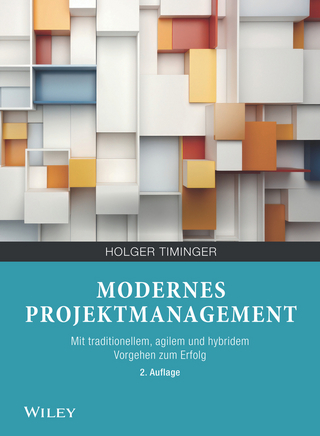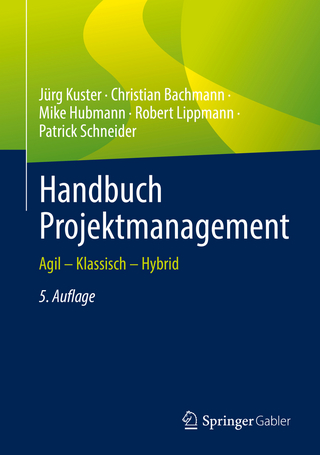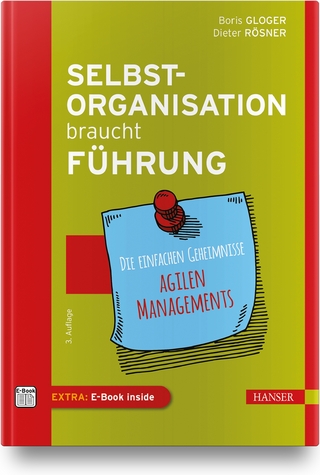
TQM-based Project Planning
Seiten
1996
Chapman and Hall (Verlag)
978-0-412-58860-0 (ISBN)
Chapman and Hall (Verlag)
978-0-412-58860-0 (ISBN)
TQM-based Project Planning addresses the dual issues of planning and quality improvement. The tools and methods are the common ones of quality improvement including the seven quality tools, the seven management and planning tools, deployment flowcharting, and methods from Hoshin planning.
TQM-based Project Planning addresses the dual issues of planning and quality improvement. It presents a set of tools, or methods, in a logical order, reinforced by the use of rolling examples. The examples, one from manufacturing and one from the service industry, constitute integrating contexts, linking the chapters. An additional example deals with the implementation of a TQM program in the context of project planning. The tools and methods are the common ones of quality improvement including the seven quality tools, the seven management and planning tools, deployment flowcharting, and methods from Hoshin planning. The unique aspect of the book is not the tools, but their presentation within an integrated structure. This exceptional book gives both understanding of the individual methods and of how they fit together in a successful project. As such it is the ideal text for engineering and project managers, managers of small businesses and quality managers in companies and organisations of all sizes.
TQM-based Project Planning addresses the dual issues of planning and quality improvement. It presents a set of tools, or methods, in a logical order, reinforced by the use of rolling examples. The examples, one from manufacturing and one from the service industry, constitute integrating contexts, linking the chapters. An additional example deals with the implementation of a TQM program in the context of project planning. The tools and methods are the common ones of quality improvement including the seven quality tools, the seven management and planning tools, deployment flowcharting, and methods from Hoshin planning. The unique aspect of the book is not the tools, but their presentation within an integrated structure. This exceptional book gives both understanding of the individual methods and of how they fit together in a successful project. As such it is the ideal text for engineering and project managers, managers of small businesses and quality managers in companies and organisations of all sizes.
Part One: Introduction: Planning and its place. Learning planning. Part Two: Definition of objectives: Definition of objectives. Organising objectives. Part Three: System analysis: Key relationships. System structure. System knowledge. Patrt Four: Specification of tasks: Operational definitions. Functional deployment. Part Five: Plan development: Planning well-defined tasks. Planning open-ended tasks. Part Six: Implementation: Implementation structure. Plan alignment. Part Seven: Project review: Planning for review. Review structure. Afterword. Appendix A. Appendix B. Selected bibliography. Index
| Erscheint lt. Verlag | 31.12.1996 |
|---|---|
| Zusatzinfo | XIV, 190 p. |
| Verlagsort | London |
| Sprache | englisch |
| Maße | 155 x 235 mm |
| Themenwelt | Technik ► Maschinenbau |
| Wirtschaft ► Betriebswirtschaft / Management ► Projektmanagement | |
| Wirtschaft ► Betriebswirtschaft / Management ► Unternehmensführung / Management | |
| ISBN-10 | 0-412-58860-9 / 0412588609 |
| ISBN-13 | 978-0-412-58860-0 / 9780412588600 |
| Zustand | Neuware |
| Haben Sie eine Frage zum Produkt? |
Mehr entdecken
aus dem Bereich
aus dem Bereich
mit traditionellem, agilem und hybridem Vorgehen zum Erfolg
Buch | Softcover (2024)
Wiley-VCH (Verlag)
39,90 €
Agil – Klassisch – Hybrid
Buch | Hardcover (2022)
Springer Gabler (Verlag)
59,99 €
Die einfachen Geheimnisse agilen Managements
Buch (2022)
Hanser (Verlag)
36,99 €


